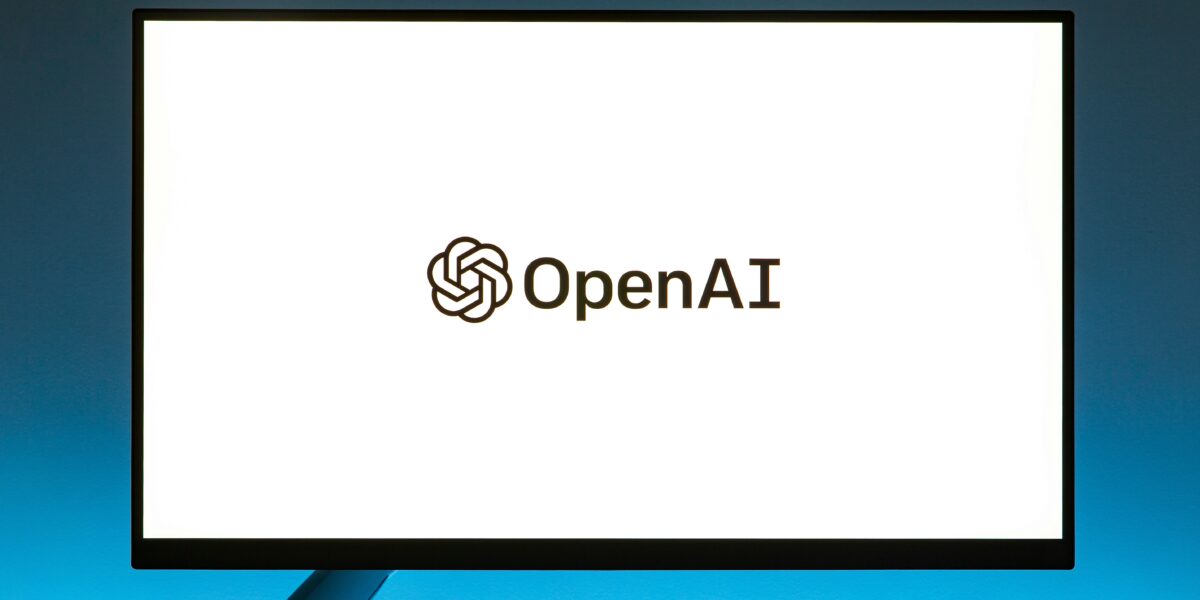Soon, we’ll be able to browse the web within a ChatGPT-style assistant, bypassing traditional click-based search. Tasks like booking, forms and summarizing could be handled directly by AI. Open AI’s browser will challenge Google Chrome’s dominance, user-data control and advertising model. Shifting toward in-interface AI, rather than clicking through websites, we can interact within AI chat layers, reducing visits to websites. This trend is already visible in Google’s AI Overviews and similar AI assistant overlays.
What to Expect with OpenAI’s New Browser
This means:
- Instead of typing a search into Google, clicking links, and browsing websites one by one, people will just ask questions or give commands to an AI assistant (like ChatGPT) that’s built right into their browser or device.
- The AI will then search, read, and summarize information for the user, presenting answers, recommendations, or even performing online tasks (like booking a ticket or filling out a form), without the user needing to click around the web themselves.
Example:
- Traditional search:
- You Google “best running shoes for flat feet.”
- You click on several links, read articles and compare reviews.
- AI assistant search:
- You ask ChatGPT (built into your browser): “What are the best running shoes for flat feet in 2025?”
- ChatGPT summarizes expert opinions, links you to top sources, maybe even helps you buy a pair, all in one conversational window.
Key takeaway:
- This “AI browsing” short-circuits the old way of searching and browsing, because the assistant does all the digging, reading and even interacting for you.
For businesses and marketers:
- It’s a fundamental shift: Instead of fighting for users’ attention through clickable links and SEO, you’ll need to make sure your content and brand are recognized, trusted and easily summarized by AI assistants.
Implications for Businesses
Visibility in AI Overviews (and future browser experiences):
- Zero-click economy: Summaries from AI bots may fully answer queries, so users may never reach your site, even if your content is used.
- Link-based citations still matter: In Google AI Overviews, links to sources are included. Being cited means “position zero” visibility, even if clicks drop.
Need for AI/Answer Engine Optimization (AEO & GEO):
- New SEO Frameworks: SEO is now evolving to include Answer Engine Optimization (AEO), creating conversational Q&As, structured data and clear content, as well as Generative Engine Optimization (GEO), building trust and authority in the eyes of LLMs.
- Smart content structuring: Use bullet lists, schema markup, headings in Q&A formats to make content easy for AIs to interpret and extract.
Brand & Revenue Strategy Shifts:
- Diversify traffic sources: With website engagement declining (some industries report 15–60% drops), businesses are shifting focus toward video (YouTube, TikTok), social, and platform-based content.
- Adapt to zero-click models: The goal is to be the source cited by AI, not just to get clicks. That means content needs to be AI-ready.
Strategic Next Steps for Businesses
- Audit & adapt your content
- Identify high-value informational pages and restructure them with FAQ-style headers, clear summaries and metadata.
- Implement structured data & schema
- Use Schema.org, FAQs, HowTos to help AIs parse and cite your content.
- Monitor AI-driven traffic shifts
- Watch for drops in click-based traffic but gains in “mentions as sources” within AI-generated answers.
- Engage with emerging platforms
- Optimize for ChatGPT plugins, Perplexity and soon OpenAI’s browser; explore partnerships and compatibility.
- Diversify channels
- Build presence in video, social, newsletters and apps to offset website dependency.
Bottom Line
OpenAI’s AI browser intensifies a long-term shift from click-based SEO to AI citation-based visibility.
To stay relevant, businesses should:
- Optimize for AI-readability, not just keyword rankings
- Ensure you’re cited as a trusted source, even without traditional traffic
- Diversify your presence across multiple AI ecosystems and platforms.


